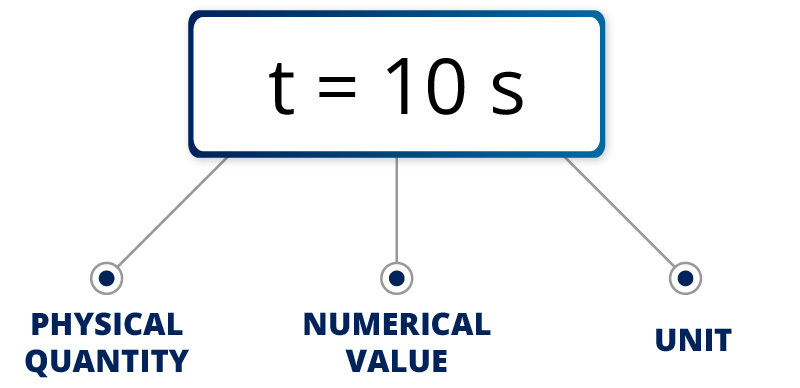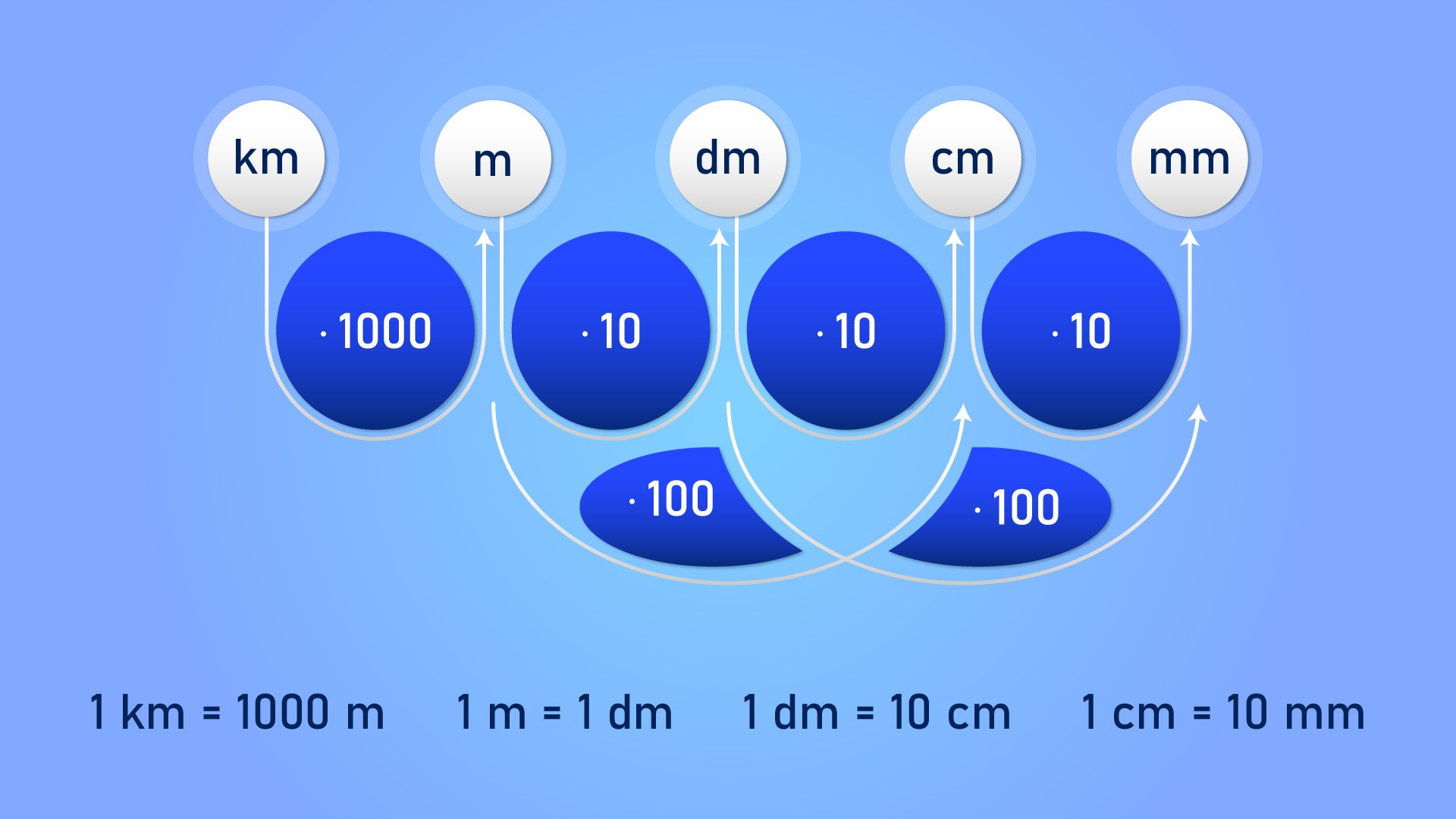To measure physical quantities, we use measuring devices. The measurement is recorded with a numerical value and a unit.
For example, if you are measuring the time it takes to tie laces on shoes, use a timer – a stopwatch. The measured time, for example 10 s, contains a numerical value (10) and a unit (s).


In physicsPhysics is the scientific study of matter, energy, space, and time, and of the relations between them., there are seven fundamental physical quantities that are measured in fundamental physical units.
See them in the table below.
In physics lessons, we will deal with the first five physical quantities.

Check whether you have remembered which units belong to which physical quantity and which measuring device we use to measure them
Arrange them accordingly.
Read the text and write out the physical quantities and units.
Example: It is -18 °C in the freezer.
T = -18 °C
t = 15 min
m = 20 dag
s = 500 m
T = 32 °C
All other physical quantities can be expressed in terms of fundamental physical quantities and fundamental units. These physical quantities are then called derivatives and their units derivative units.
Examples of derived quantities are area, volume, density and pressurePressure, in the physical sciences, the perpendicular force per unit area, or the stress at a point within a confined fluid..

PhysicsPhysics is the scientific study of matter, energy, space, and time, and of the relations between them. studies phenomena on many scales, from the very small to the very large. Therefore, the measurements of the magnitude of physical quantities are also very different. In the clip, size is the physical quantity that is exposed.
For example, in astronomyAstronomy is the study of everything in the universe beyond Earth’s atmosphere., the numerical values can be very large, while in chemistry they can be very small. Such numbers are sometimes very difficult to imagine.
For example, the distance between the Earth and the Sun is about 150 million kilometres (150 000 000 000 000 metres), the diameter of an atom is 0.000 000 000 1 m (0.1 nm or 10-10 m).
Writing very large and very small numerical values quickly becomes confusing. That is why we use prefixes. We use prefixes to replace zeros in very large or very small numbers.
We know that a kilometre is 1000 metres, that a decimetre is 10 times smaller than a metre, and that a centimetre is 10 times smaller than a decimetre and 100 times smaller than a metre. See the illustration. .

In addition to the prefixes kilo, deci and centi, there are others. See them in the table.

Check that you have memorised how to write certain prefixes. Match the prefix with the corresponding symbol and scaling factor.
Look at the examples of beings below and order them by increasing mass, from lightest to heaviest.
mass of a fly = 15 mg
mass of a mouse = 40 g
mass of a rabbit = 4 kg
mass of a human = 65 kg
mass of a bear = 220 kg
mass of a whale = 150 t


